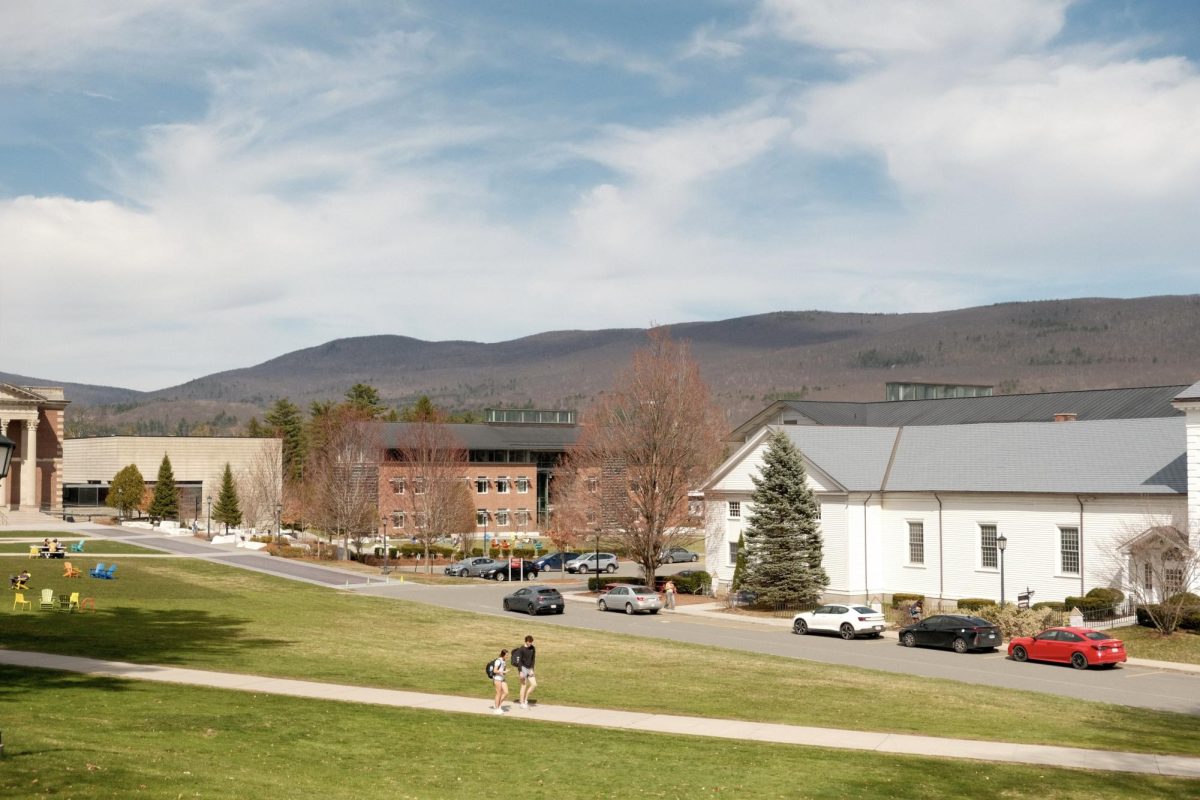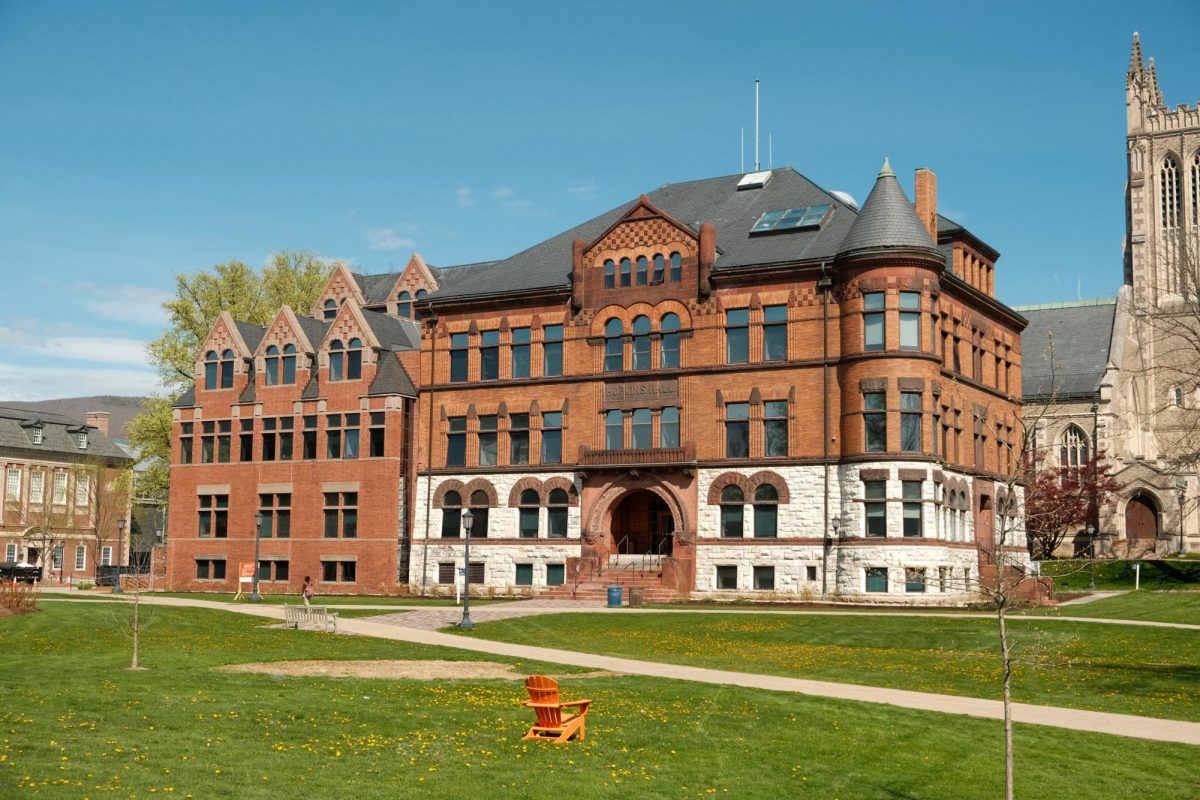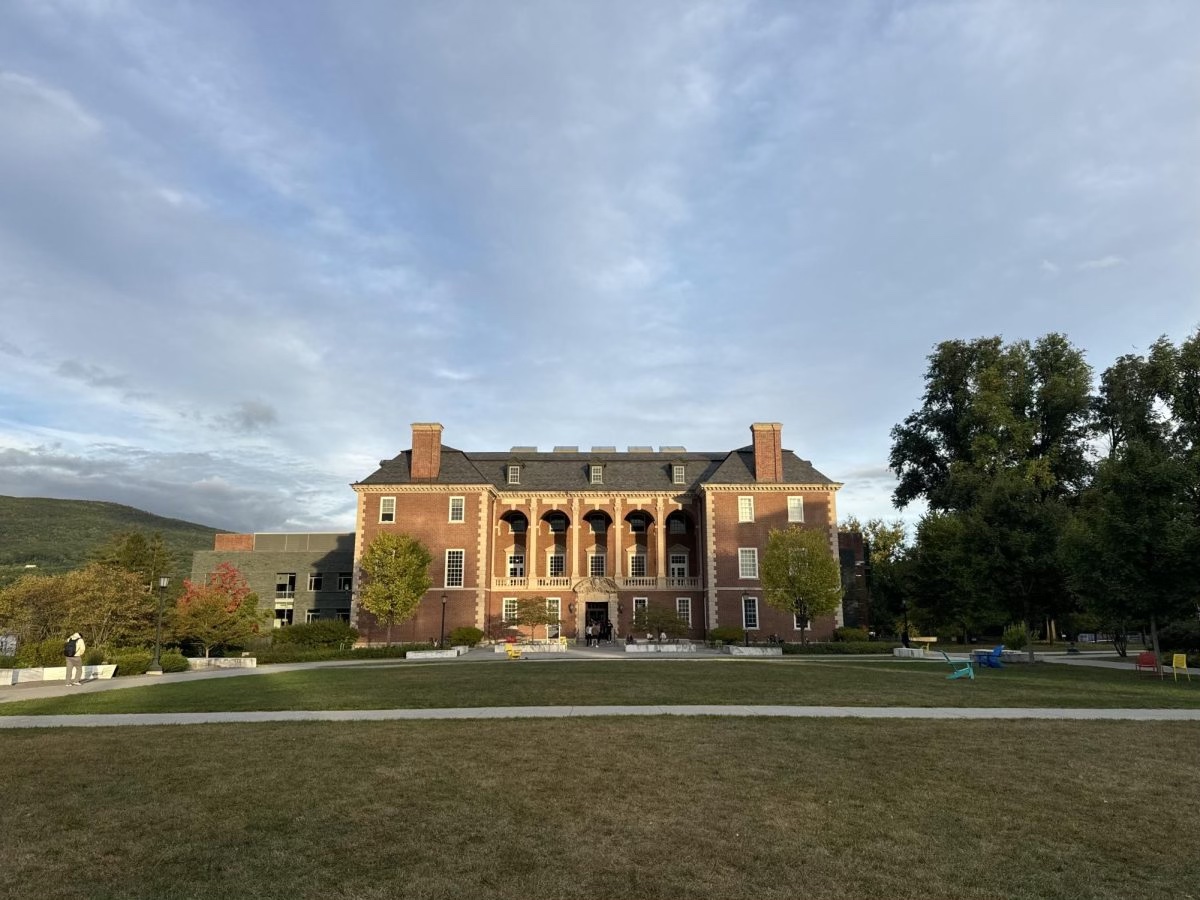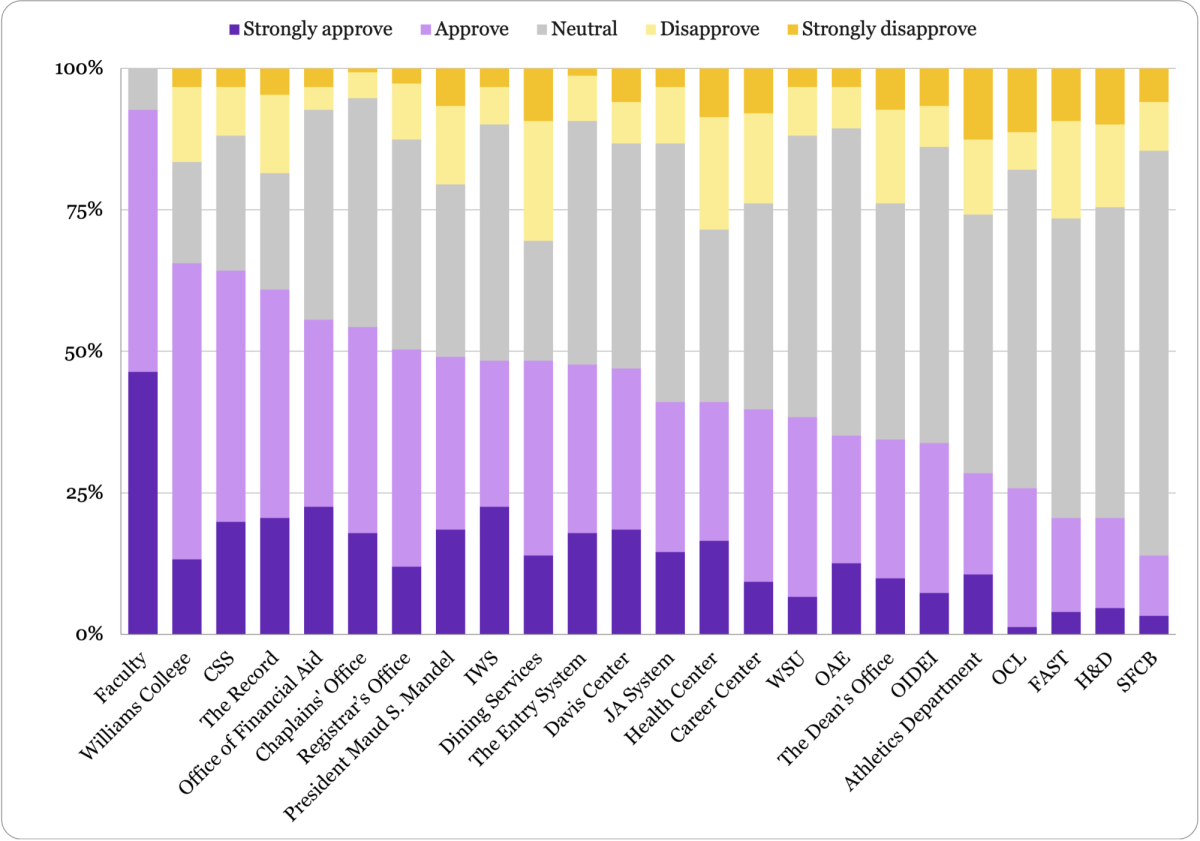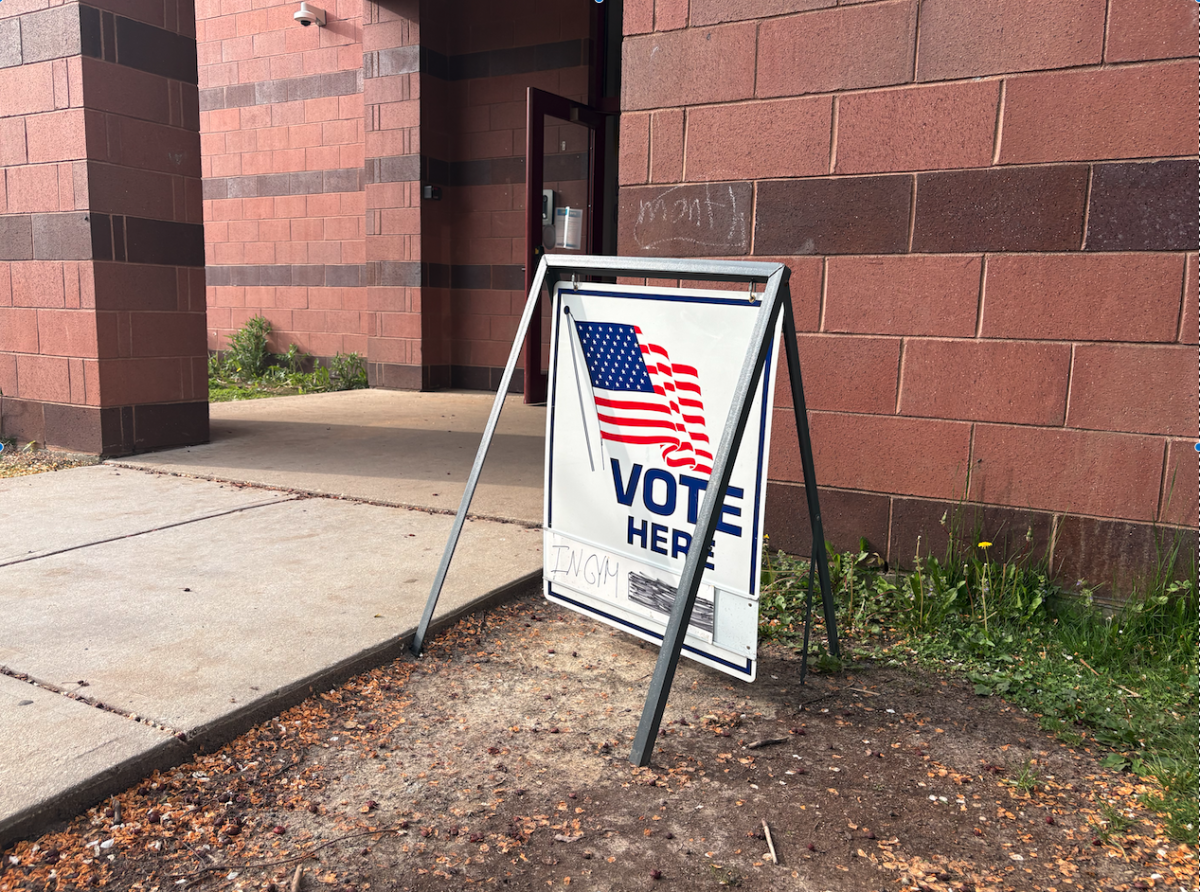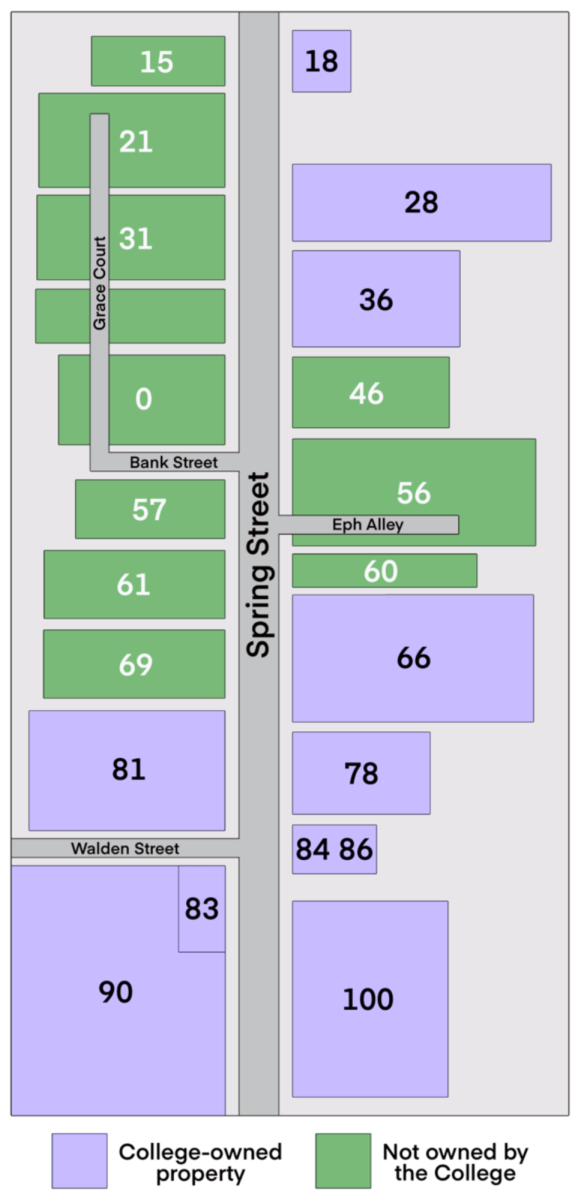Berkshire Symphony Orchestra returns to Chapin Hall after COVID hiatus
October 6, 2021
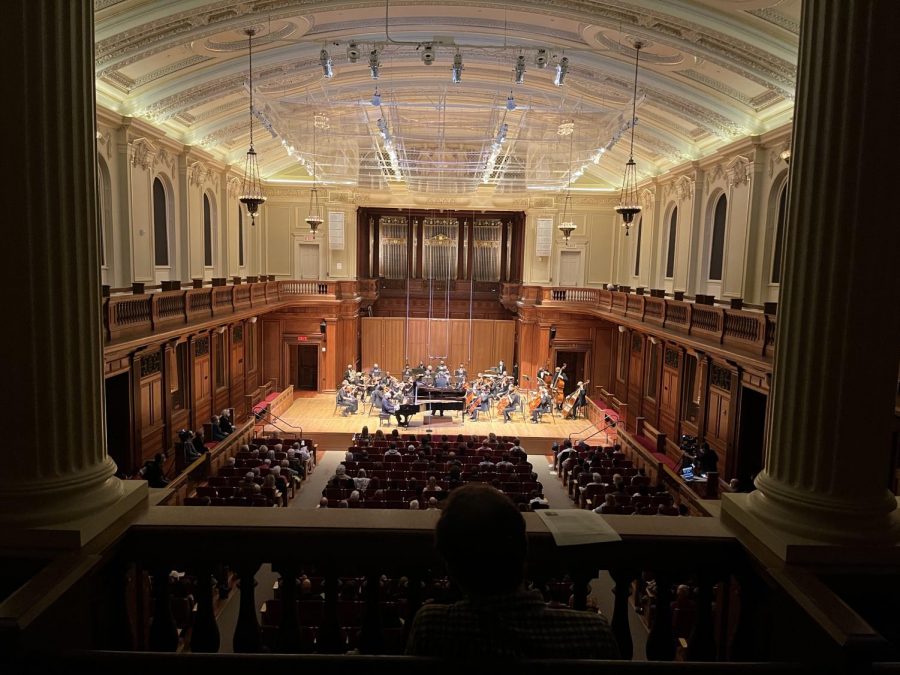
The Berkshire Symphony Orchestra performed live for the first time in 18 months on the night of Oct. 1. Music Department Chair Anthony Sheppard reported that an audience of nearly 300 attended the concert. The College community had been waiting for over a year to hear live classical music, and Director of the Berkshire Symphony Orchestra Ronald Feldman said he could feel the audience’s excitement.
In collaboration with the College’s brass ensemble, the orchestra opened the concert with Giovanni Gabrieli’s “Canzon Septimi Toni no. 2,” which was then followed by Ludwig van Beethoven’s “Piano Concerto No. 3 in C minor, op. 37” featuring Victor Rosenbaum, a faculty member and former piano department chair at Boston’s New England Conservatory. The program closed with “Beethoven’s Symphony No. 2 in D major, op. 36,” after which the orchestra received a standing ovation.
According to Sheppard, Berkshire Symphony began preparations for its first concert of the year after the College announced in March that the fall semester would be in person. The orchestra’s year-and-a-half-long hiatus from performing was over. Feldman explained that he connected with Rosenbaum through mutual colleagues in the Boston Symphony Orchestra. Together, they decided to perform “Beethoven’s Piano Concerto no. 3 in C minor.” Feldman, who discovered that Beethoven himself premiered this concerto with his second movement in 1803, thought it appropriate to pair the two pieces in his own program.
The orchestra’s return to in-person activities was not without setbacks, however. According to Sheppard, the College made a campus-wide budget cut during the first year of the pandemic. Feldman explained that the music department’s funds are now 25 percent smaller than usual, resulting in fewer professionals being hired to play for Berkshire Symphony. He also explained that a significantly smaller number of student auditions for this semester’s string section resulted in nine violinists, compared to around 20 in typical years.
Feldman said he hopes to expose students to new techniques and widen their repertoire, but noted that this is harder to accomplish with a smaller orchestra.
“But in any case, giving them a Beethoven symphony to perform, especially since they performed [it] on such a high level, was really, really special,” Feldman said.
The College’s mask mandate has also required the orchestra to make adjustments to its usual routine: Namely, wind and brass players must now wear special masks designed to accommodate their mouthpieces. During earlier rehearsals, Feldman found that wind and brass players would sometimes have trouble entering a piece in time because of the extra maneuvering required to fit their mouthpieces into the small opening of their masks. To avoid repeatedly fumbling with their instruments while sliding their mouthpieces in and out of their masks — and potentially missing an entrance as a result — wind and brass players resorted to holding their instruments up to their faces for long periods of time, which was a physical demand to which they were not accustomed.
Performing while masked also posed a challenge for Feldman, who has had to adapt to conducting musicians who are unable to see his full face. “Something that I learned while playing for the Boston Symphony was [what] I call ‘face,’” Feldman said. “You look at the conductor’s face. It’s not just eyebrows. It’s not just eyes… Having a mask on for me limits some of the information I can give an orchestra, so that’s worrisome in a way.”
But these setbacks were nothing compared to the joys of playing in a symphony orchestra in person again, according to Concertmaster Muneko Otani, who also serves as artist associate in violin at the College.
“We were almost in tears,” she said. “We were able to play together in the same room, not over Zoom. It was like, ‘Oh my god, we missed this for 18 months. It finally came back.’”
The orchestra had originally planned for its concert to only be livestreamed. Sheppard explained that the orchestra decided to perform in front of a physical audience only after the College’s Sept. 22 decision to allow the general public to attend indoor events at the College. According to Otani, the orchestra rejoiced at the news.
“The audience is part of the orchestra,” Otani said. “I think that 50 percent of the music was created by the audience. We felt that everyone was there with us … It was probably the most enjoyable concert I ever played in.”
Feldman echoed Otani’s sentiment. “The audience was just so thrilled to see us,” Feldman said. “After all the time that we’ve been away and everything that we’ve gone through, [the audience] was able to see all of us, and I looked at the audience … That was an emotional moment for sure, one I’ll never forget.”
Otani mentioned how musicologist Robert Greenberg, in his critique of “Beethoven’s Symphony No. 2,” likens the piece’s opening motif to the unpleasant sound of a hiccup. Beethoven’s deafness grew more severe during this time, and he was also experiencing painful gastric problems. Greenberg asserts that this opening must be a representation of Beethoven’s pessimistic state of mind while composing the piece. Otani, however, disagrees with Greenberg’s analysis.
“He didn’t get the joke,” Otani said. “This is such an optimistic piece, with humor! … And [Beethoven] wrote seven other symphonies afterwards instead of being bogged down and quitting. It is an inspiring experience. When I have a horrible experience in my life, I have to remind myself to be optimistic in creating as much art as I can… to just keep going.”



